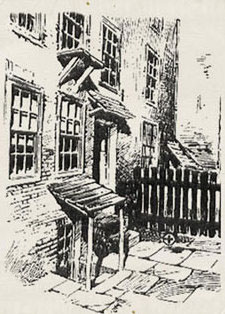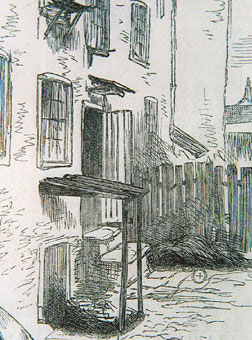Originally posted by PRIVATE INVESTIGATOR 1
View Post
“I did not see the man's face, but I noticed that he was dark.”






Comment